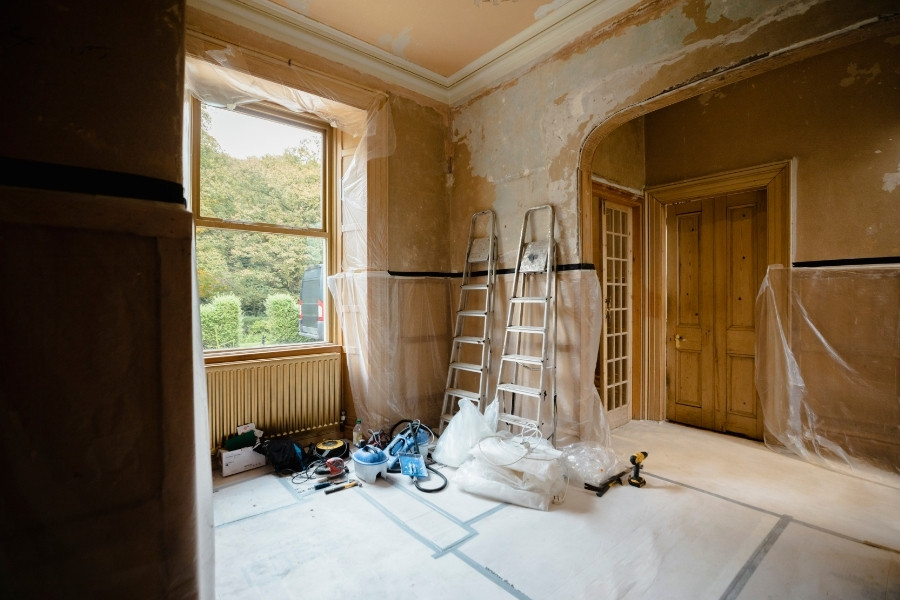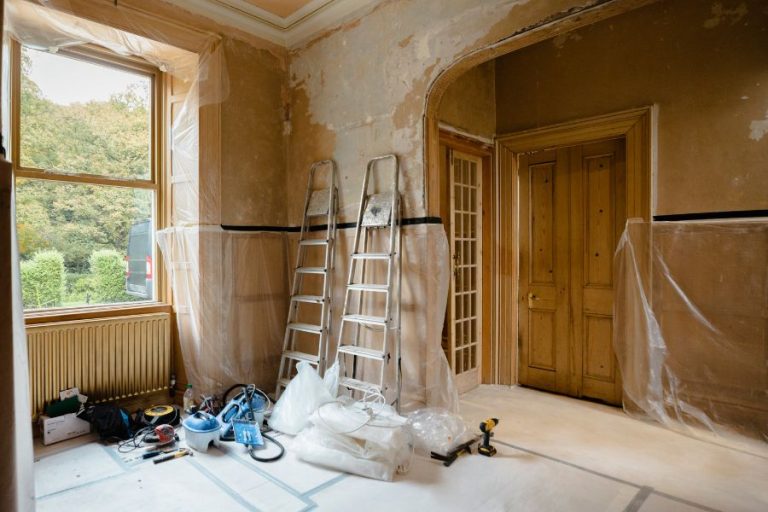Historic homes carry more than charm—they hold stories, craftsmanship, and cultural value that deserve to be protected. But starting a renovation on a property that’s decades (or even centuries) old isn’t like taking on a modern remodel. At Sturkey Construction, we’ve seen homeowners surprised by hidden challenges, unexpected regulations, and difficult material choices. By asking the right questions before you begin, you’ll avoid costly mistakes and set your project up for success.
What Is the True Condition of the Structure?
Every historic renovation starts with peeling back the layers—sometimes literally. Foundations may have shifted, joists may be weakened by termites, or water damage may have compromised plaster walls. Without a thorough inspection, these hidden problems can derail budgets and timelines.
We recommend a professional structural assessment before you finalize plans. This helps determine what can be preserved, what must be reinforced, and where you may need modern engineering solutions. Think of it as the baseline that protects both the character of the property and the safety of those who live in it.
What Preservation Rules Apply to This Property?
Historic properties are often governed by local preservation boards, state guidelines, or even federal regulations if the home is in a registered district. These rules may dictate everything from the type of mortar used on brickwork to the style of windows allowed for replacement.
Failing to follow these requirements can lead to delays, fines, or even having to redo work. That’s why we always begin by researching guidelines and, when needed, working directly with preservation authorities. Navigating this process early saves both time and money, while ensuring your renovation respects community heritage.
Can Original Materials Be Saved—or Must They Be Replicated?
One of the joys of a historic renovation is uncovering original features—wide-plank hardwood floors, ornate moldings, or handmade brick. These elements are often irreplaceable, and keeping them intact preserves authenticity.
When materials can’t be salvaged, replication is the next best step. We work with specialized suppliers and craftspeople who can mill trim to match period profiles, hand-cast plaster, or source reclaimed wood that blends seamlessly. This attention to detail is what transforms a renovation from “modernized old house” to “faithful preservation.”
How Will Modern Systems Be Incorporated?
Updating plumbing, HVAC, and electrical systems is non-negotiable for safety and comfort—but in historic properties, these upgrades must be discreet. Visible ductwork can ruin the aesthetic of a century-old home, and drilling through original stone or brick requires careful planning.
We integrate modern systems by hiding mechanical elements behind walls, under floors, or within closets, ensuring they’re invisible to the eye but reliable in function. Smart technology, like climate control and energy monitoring, can also be added in subtle ways, giving historic homes modern efficiency without compromising their look.
Do You Have the Right Budget and Timeline for Surprises?
Every renovation has surprises—but historic projects almost guarantee them. Old wiring may not meet code, hidden water damage could be uncovered, or original beams might need reinforcement.
That’s why we encourage homeowners to set aside both a contingency budget and additional time for unexpected issues. A good rule of thumb is to allocate at least 15–20% more in both cost and schedule for flexibility. With realistic expectations and transparent communication, surprises won’t become setbacks—they’ll simply be part of the process.
Building Confidence in Your Renovation Journey
Asking these five questions before you begin ensures your historic renovation is grounded in preparation, compliance, and respect for craftsmanship. At Sturkey Construction, our team specializes in balancing the authenticity of yesterday with the durability of today. With careful planning, expert guidance, and a commitment to detail, we help homeowners protect their investment while bringing timeless properties back to life.


